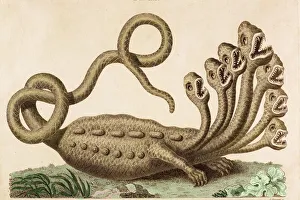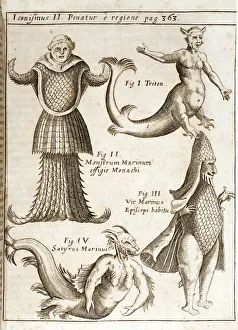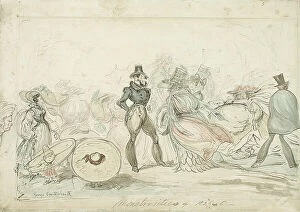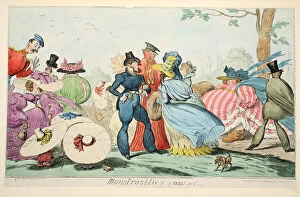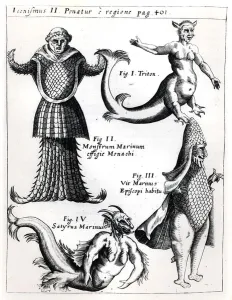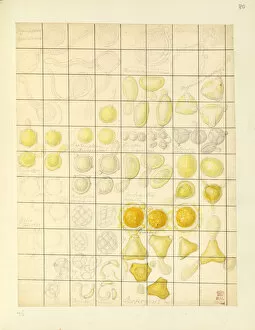Monstrosity Collection
"The Fascinating World of Monstrosity: Unveiling the Hidden Wonders" Monstrosities have long captivated human imagination, from mythical creatures to bizarre anomalies
All Professionally Made to Order for Quick Shipping
"The Fascinating World of Monstrosity: Unveiling the Hidden Wonders" Monstrosities have long captivated human imagination, from mythical creatures to bizarre anomalies. In 1662, Linnaeus exposed the deceptive Hamburg Hydra as a mere fabrication, shattering our belief in its existence. Yet, this revelation did not dampen our fascination with monstrosities. Schott's 1662 depiction of Sea Monsters and mermaids showcased fantastical beings that stirred both fear and wonder in people's hearts. Hand-coloured engravings from 1825 & 1835 further intensified our curiosity about these extraordinary creatures lurking beneath the waves. Gaspar Schott S. J's illustrations in Physica Curiosa transported us into an enchanting realm where sea monsters roamed freely. The intricate details of Passiflora sp. , Kaempferia roscoeana, Angiosperm pollen, and Lilium tingrinum revealed nature's own monstrosities - microscopic wonders that astound even the most discerning eye. Beyond the natural world, man-made marvels also held their own allure. The Post Office building in New York stood tall as a symbol of architectural grandeur amidst bustling city life—a testament to human ingenuity. Delving into ancient civilizations' treasures unraveled another facet - a gold breastplate adorned with an anthropomorphic figure by Quimbaya civilization left us awestruck at their artistic prowess. Even within ourselves lay hidden curiosities; Lo Guise's hand-colored etching from 1829 depicted humans transformed into monstrous forms—an exploration of inner demons or perhaps societal critique? Hypertrichosis fascinated minds centuries ago when Schott illustrated an Orangutan afflicted with excessive hair growth—showcasing how even animals could possess traits considered monstrous by society. In every corner of history and nature lies something extraordinary waiting to be discovered.

